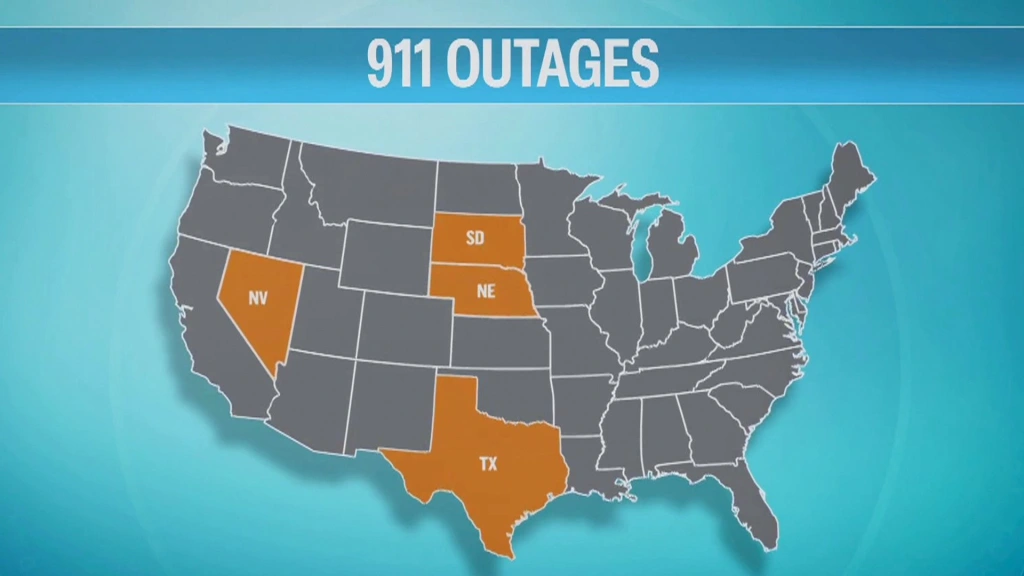Law enforcement agencies across Nebraska, Nevada, South Dakota, and Texas found themselves in crisis mode late Wednesday as reports of major 911 outages flooded in, leaving millions unable to contact authorities. Although many services were restored by the late evening, concerns lingered, prompting the Federal Communications Commission (FCC) to initiate a thorough investigation.
Causes and Restoration Efforts
Preliminary investigations have indicated that the outages were not linked to cyberattacks or malicious activities. Instead, attention has turned to Lumen Technologies, a communication and telecom company, which was reportedly involved in the disruptions. In some areas, outages were attributed to a third-party company inadvertently cutting fiber while installing infrastructure, causing widespread service disruptions. Despite swift restoration efforts, the impact was significant, highlighting the vulnerability of critical emergency services.

Statewide Impact and Response
The outage’s ramifications varied across affected states, with local law enforcement agencies scrambling to manage the situation. In South Dakota, a statewide outage prompted rapid responses from authorities, offering alternative phone numbers for first responders and leveraging text-to-911 services where available. Similar initiatives were observed in Nevada and Nebraska, where wireless carriers faced challenges in reaching dispatch centers.
Investigative Challenges and System Vulnerabilities
As the FCC delves deeper into the root causes of the outage, challenges arise in pinpointing responsibility and implementing preventive measures. Technical intricacies, including variations in carrier capabilities and routing protocols, complicate the investigative process. Moreover, the absence of resilient backup systems exacerbates vulnerabilities, leaving the current 911 infrastructure susceptible to widespread disruptions.
Complexities of Emergency Communications
Retired Rear Adm. David Simpson emphasizes the decentralized nature of the current 911 system, comprising over 6,000 jurisdictions, each with its unique equipment and budgetary constraints. While advancements such as path diversity and multiple telecommunications carriers enhance resilience, gaps remain in establishing robust backup mechanisms. Addressing these deficiencies requires a concerted effort to fortify emergency communication infrastructure at both regional and national levels.

As authorities work to restore stability and integrity to emergency communication networks, the incident underscores the imperative of proactive measures to safeguard critical services vital for public safety.
